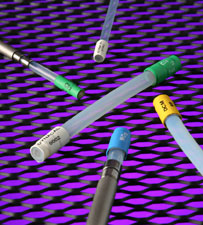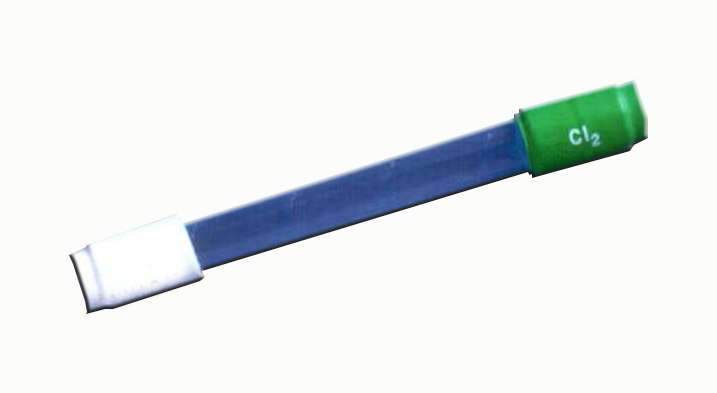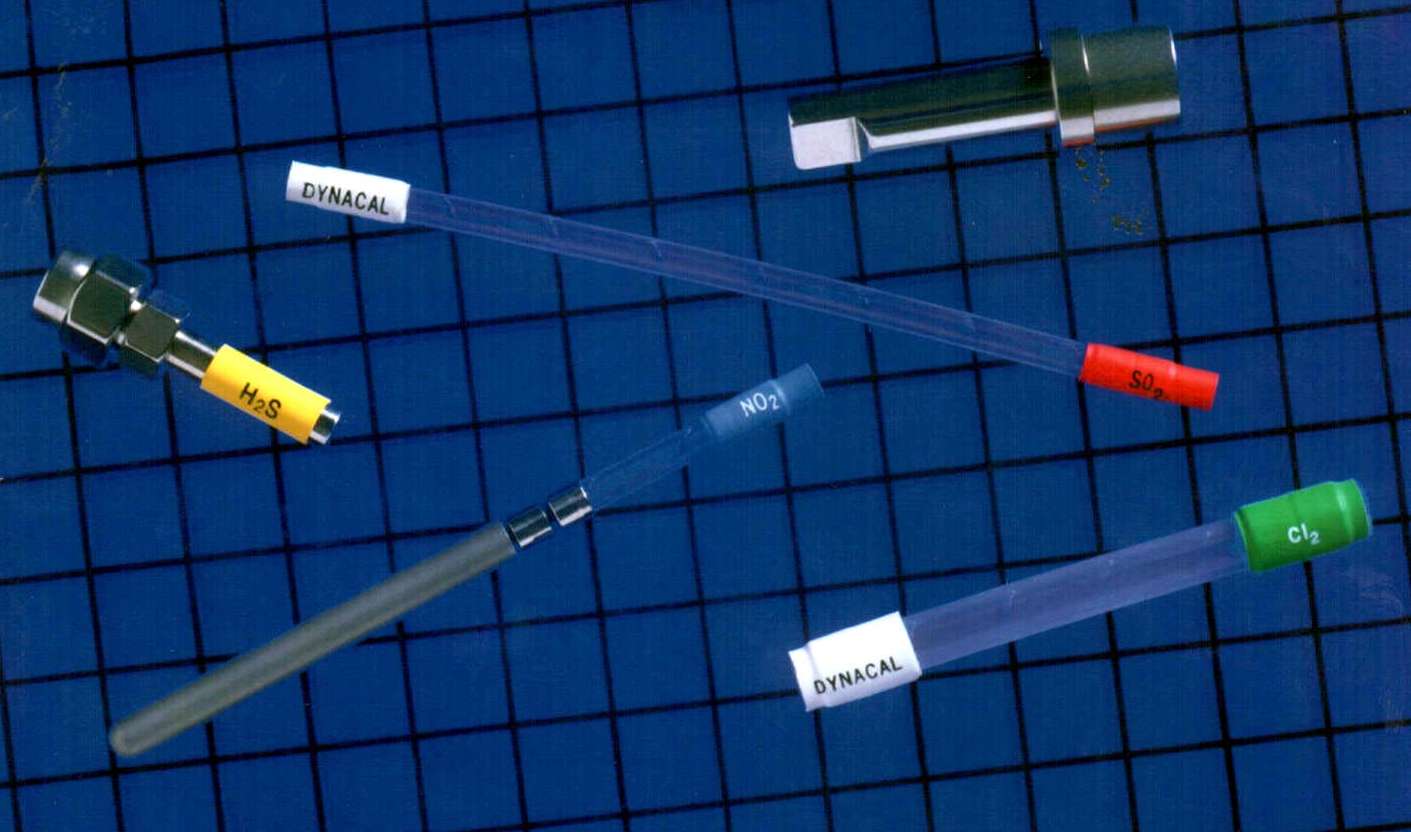Permeation Devices

 |
 |
 |
Put very simply, permeation devices are used to test or measure how permeable materials are to certain gases or liquids. They can only be carried on board an aircraft if they meet the criteria set out in Special Provision A41 and Section 2.3.5.13 of the current IATA DGR. A summary of SP A41 is provided at the bottom of this page.
Please note from the table above:
| - |
Permitted in or as carry-on-baggage |
NO
|
|
| - |
Permitted in or as checked baggage |
YES
|
|
| - |
The approval of the operator(s) is required |
NO
|
|
| - |
The pilot-in-command must be informed of the location |
NO
|
Special Provision A41 (Summary)
Permeation devices in the category outlined in this part of Table 2.3.A are covered under Special Provision A41.
This means that permeation devices that contain dangerous goods and that are used for purposes of calibrating air quality monitoring devices are not subject to these IATA DGR when carried, provided the following requirements are met:
(a) each device must be constructed of a material compatible with the dangerous goods it contains;
(b) the total quantity of dangerous goods in each device is limited to 2 mL and the device must not be liquid full at 55ºC;
(c) each permeation device must be placed in a sealed, high impact-resistant, tubular inner packaging of plastic or equivalent material. Sufficient absorbent material must be contained in the inner packaging to completely absorb the contents of the device. The closure of the inner packaging must be securely held in place with wire, tape or other positive means;
(d) each inner packaging must be contained in a secondary packaging constructed of metal, or plastic having a minimum thickness of 1.5 mm. The secondary packaging must be hermetically sealed;
(e) the secondary packaging must be securely packed in strong outer packaging. The completed package must be capable of withstanding, without breakage or leakage of any inner packaging and without significant reduction in effectiveness:
1. the following free drops onto a rigid, non-resilient, flat and horizontal surface from a height of 1.8 m:
- one drop flat on the bottom;
- one drop flat on the top;
- one drop flat on the long side;
- one drop flat on the short side;
- one drop on a corner at the junction of three intersecting edges;
2. a force applied to the top surface for a duration of 24 hours, equivalent to the total weight of identical packages if stacked to a height of 3 m (including the test sample).
Note: Each of the above tests may be performed on different but identical packages.
Special Provisions can be found in Section 4 of the IATA DGR. Please refer to a current copy of the IATA DGR for expanded instructions when dealing with items or articles covered by a Special Provision. Also always check the current IATA DGR for any Operator/Airline variations. See also the Operator/Airline's Dangerous Goods Manual for any specific requirements they may have.

